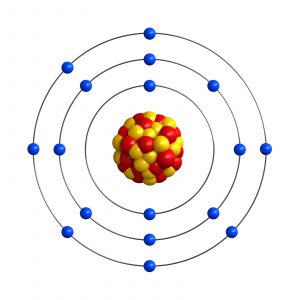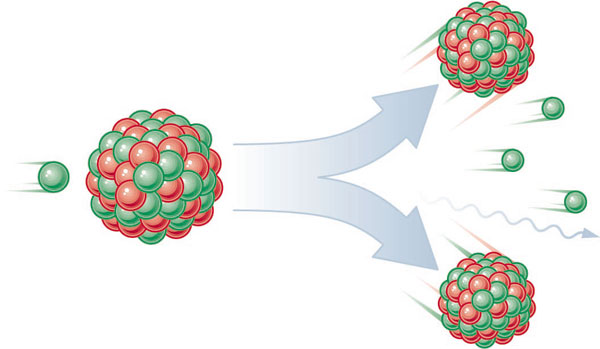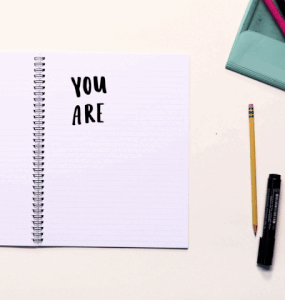Science | Dec 30, 2021
All about the Halogen Elements

The seventh group in the modern periodic table consists of halogens. Halogens are the elements which are named as -
- Fluorine
- Chlorine
- Bromine
- Iodine
- Astannine
There are several properties of halogens that make them unique are given as below-
- Reaction with water
Since iodine and bromine have lower reduction potential than oxygen, the inability to oxidize water to oxygen is determined from a standard reduction potential table. So iodine and bromine do not react with water. However, fluorine and chlorine have a higher reduction potential and can oxidize water.
![]()
- The reaction of halogens with hydrogen
All the halogens tend to react with hydrogen and they form a covalent bond. In addition to that hydrogen react with fluorine, chlorine, bromine, iodine, and other halogens forming HF, HCl, HBr, and HI.
![]()
Group 1: Alkali metals
All alkali metals react violently with halogens to form salts, the most significant of which are NaCl and KCl.
2Na(s)+Cl2(g)→2NaCl(s)(7)
Sodium chloride is used as a meat preservative and to melt ice on highways (via freezing point depression). Because potassium has a favorable effect on plant development, KCl is significant in plant fertilizers. Except for LiF, which has a high lattice enthalpy due to strong electrostatic interaction between Li+ and F- ions, all of these metal halides form white ionic crystalline solids and are all soluble in water.
Group 2 : The alkali earth metals
Hydrated halides are formed when alkaline earth metals react. Except for those containing beryllium, these halides are ionic (the least metallic of the group). Because alkaline earth metals tend to lose electrons and halogen atoms prefer to acquire electrons, the following chemical reaction occurs between these groups:
M+X2→MX2
Where,
M stands for any metal from Group 2, while X stands for fluorine, chlorine, bromine, or iodine.
Anhydrous calcium chloride is very water-soluble, absorbing enough to disintegrate its own crystal lattice. It can be made directly from limestone or as a byproduct of the Solvay Process.
Group 13: Boron family
Trihalides are formed when group 13 elements react with halogens
- All halides of boron are Lewis acids
- Aluminum halides adopt a dimeric structure
![]()
Group 14: The carbon family
The elements of Group 14 create halides having the general formula MX4 (CCl4, SiCl4, GeCl4, SnCl4, PbCl4), while Ge, Sn, and Pb can also form dihalides (MX2). Carbon tetrahalides, such as CCl4, cannot be hydrolyzed owing to the lack of unoccupied valence d-orbitals, although other tetrahalides may.
Group 16: Oxygen family
Except for iodine, sulfur interacts immediately with all halogens. It reacts spontaneously with fluorine to generate sulfur hexafluoride, SF6, a colorless and inert gas. It may also produce SF4, a potent fluorinating agent. SCl2, a crimson liquid formed by sulfur and chlorine, is utilized in the manufacture of the lethal mustard gas. This response is seen below:
![]()
The chemicals OF2 and O2F2 are formed when oxygen reacts with fluoride. These molecules have structures similar to hydrogen peroxide, however, they are far more reactive.
Group 17: Other halogens
Halogens can combine with other halogens to generate compounds (interhalogens). They are denoted by the symbol XY, where X and Y denote two distinct halogens. IBr and BrCl are two examples of this sort of molecule. They may also create poly atomic compounds like XY3, XY5, and XY7, which correlate to molecules like IF3, BrF5, and IF7. The majority of interhalogen molecules, such as CIF3 and BrF3, are highly reactive.
Uses of halogens
- Fluorine - It is used in toothpaste and also used in making Teflon
- Chlorine - It purifies water, and also acts as a disinfectant
- Bromine - It is used in fire extinguishers, swimming pools and camera films
- Iodine- It is used in iodized salts, artificial rains, and treatment of thyroid treatment
Want access to expert academic guidance — for free? When you create your free Vnaya account, you will have an option to ask a Question, Book a Demo session, talk to our Academic Experts, and get Professional Parenting Support —all for Free! Our Academic Counselor will help you learn how to improve your academic performance by assessing your learning style and curating a personalized lesson plan for you!
Sign up for your Vnaya account today to get a boost on your academic quest.
















Post a Comment: